#549 Peak satisfaction
May 18th, 2019

The Glorious Mountains of Vancouver’s North Shore: A Peakbagger’s Guide
by David Crerar, Harry Crerar, and Bill Maurer
Victoria: Rocky Mountain Books, 2018
$40.00 / 9781771602419
Reviewed by Glenn Woodsworth
*
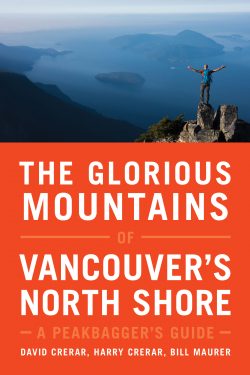 From various points in Vancouver and the Fraser Valley, it is possible to look north to mountains that have had just a handful of ascents. Even from Vancouver, there are summits that are rarely visited. In this city of two million people, I find it remarkable and somehow comforting that I can rest my eyes on such peaks, and say to myself, “chances are excellent that nobody has been up there for a few years.” A new book, The Glorious Mountains of Vancouver’s North Shore – a Peakbagger’s Guide, tells the stories of what lies beyond the upper limits of the houses and streets of North and West Vancouver.
From various points in Vancouver and the Fraser Valley, it is possible to look north to mountains that have had just a handful of ascents. Even from Vancouver, there are summits that are rarely visited. In this city of two million people, I find it remarkable and somehow comforting that I can rest my eyes on such peaks, and say to myself, “chances are excellent that nobody has been up there for a few years.” A new book, The Glorious Mountains of Vancouver’s North Shore – a Peakbagger’s Guide, tells the stories of what lies beyond the upper limits of the houses and streets of North and West Vancouver.
The book is an outgrowth of the “Bagger Challenge” contest, conceived by senior author David Crerar and modelled after similar challenges in Scotland. The idea is to bag (mountain-speak for climb) as many of the peaks in the area as possible in a year.
In part this book is a guide to the mountains and some of the trails and routes on the North Shore mountains, in part a history of the area, and in part a cabinet of curiosities of miscellaneous information. The authors are highly experienced hikers and trail runners and, between them, have done all the hikes in the book. It covers the area between Howe Sound and Indian Arm, south of a line roughly between Britannia and the head of Indian Arm. It also includes Bowen, Gambier, and Anvil islands in Howe Sound. For inclusion, a summit must have a minimum elevation of 1000 metres, a minimum prominence (local relief) of 45 metres, and an official or reasonably well established unofficial name.
The authors exclude the few peaks that require real climbing skills, such as the Camel and the East Lion. They also excluded most summits wholly within the GVRD watershed. They make an exception for Cathedral Mountain, a mountain conspicuous from parts of Greater Vancouver, because they realize “that people will attempt to travel to this peak, and that describing the route here will promote the safety of those individuals and of the environment itself.”
Each of the more than 60 mountains and hills described in the book has its own section. Each is rated from 1 to 5, on difficulty, “bang for the buck,” scenery, suitability for dogs and kids, special dangers or precautions needed, and other criteria. There are notes on cell coverage, elevation gain, round-trip distance, what you can see from the top, times and distances, first recorded ascents where known, and so forth. All three authors are very fast hikers and trail runners, and some of the times given seem unrealistic for the average once-every-few-weeks hiker. The access and trail descriptions and directions seem complete and accurate. For those excursions where there are no trails, the route is described in enough detail that you should be able to follow it. The colour maps are well done and are useful, unlike the maps in some guides.
The book gives the origins of the names of the peaks, creeks and lakes in the area (e.g., Grouse Mountain: named for the blue grouse shot by a hiking party near the summit in 1894; Pump Peak after a remark in 1908 that a stump near the summit resembled a water pump). Old names, including those that were proposed but never caught on, are mentioned, such as the names Dome Mountain, Mount Diplock, and Timber Mountain for Mount Fromme (for J.M. Fromme, who built the first house in Lynn Valley). Unofficial names such as Rector Peak are given, with the name origin if known. Some of the names used by Indigenous people are given, but most are not, although the authors spent much effort researching them. The lack of Indigenous names is understandable, given that the authors are not Indigenous and the stories of the Indigenous names are not theirs to tell. Although some of this fascinating information has been published in in British Columbia Place Names by George and Helen Akrigg (Vancouver: UBC Press, third edition 1997) and other books, much of the material here is new, and this is by far the most comprehensive listing of the origins of our local place names.
The photos are varied and well chosen. Collectively they give a good picture of the mountains, topography, flora, fauna, scenery, and trail conditions to be found on the North Shore mountains. At the back of the book is a very useful section of 28 photos, each photo labelled with the peaks visible from a given vantage point. The photo panorama taken from Coal Harbour should be of interest to many people; few will be able to identify all the peaks shown. (I’m pretty sure there is one case of mistaken identity in this panorama.)
There are 24 appendices. The first of these lists all the peaks in the book by height, difficulty, most scenic, most shapely, best berry patches, best for kids, most masochistic adventures, and many more, including best peak-bagging poems. It’s nice to see Earle Birney’s “David” at the top of that list, but it would have been nice to have something from Dick Culbert’s The Coast Mountains Trilogy (Vancouver: Tricouni Press, 2008) to replace one of the four Robbie Burns poems. Some of the other appendices cover everything from flora and fauna, geology, the history of the B.C. Mountaineering Club and the local section of the Alpine Club of Canada (with lists of past presidents) to notes on the history of cairn building and the functions of each of the various types of radio towers that grace some of the summits. Others give excerpts from journals of Captain Vancouver’s visit to the area; old, highly obscure and fascinating newspaper and magazine articles; and some unsolved mysteries.
The extensive bibliography of print and internet resources is highly useful. I do not know why Don Serl’s fine The Waddington Guide: Alpine climbs in one of the world’s great ranges (Squamish: Elaho Publishing, 2003) is included: it has nothing to do with the North Shore Mountains. Rich Wheater’s Vancouver Trail Running (Squamish: Quickdraw Publication, 2011) is rightly included, but his Vancouver Rock Climbs (same publisher 2011) is highly relevant, far more so than Serl’s guide, but is ignored. Roger and Ethel Freeman’s 1985 guide Exploring Vancouver’s North Shore Mountains (Vancouver: Federation of Mountain Clubs of B.C.), often overlooked, is here, but the description applies to their Exploring Lynn Canyon and Lynn Headwaters Park (same publisher, 1985), which is strangely missing.
The book is difficult to navigate. There is no overview map of the region that shows the various sub-regions discussed. A simple map with the major roads, rivers, mountains, watershed boundaries and the sub-region boundaries would have been very useful. Finding individual hikes can be a challenge. To find the hikes on, for instance, Gambier Island, you have to go to the section Howe Sound Peaks and start thumbing the pages, or go to the Index and look at each entry for Gambier Island until you find the one you want. Putting the main entry in the index for each hike in bold would have helped. Similarly, a listing in the Table of Contents of the 24 appendices. You have to go to “How to Use This Book” in the Introduction to find such a list. The Table of Contents on the authors’ web site https://baggerbook.ca/ is more useful than the printed Table of Contents. Some of the historical and other material is repeated from one peak to the next. Judicious pruning and internal cross-referencing could have reduced the page somewhat.
But these are essentially quibbles that can easily be addressed in an updated edition. It is an idiosyncratic and unusual guidebook, very well researched and well written. It is not directly comparable to 105 Hikes in and Around Southwestern British Columbia by Stephen Hui (Greystone Books, 2018), the guides have different approaches, emphasis, and are probably aimed at different audiences. 105 Hikes is like survey course: a broad overview of a large area of southwestern B.C.; The Glorious Mountains is the follow-up graduate-level course, looking at this small area in far more detail. It is essential reading for local hikers and indeed for anyone who has looked at the mountains visible from Greater Vancouver and wondered if anyone ever goes into the wild country beyond the last row of houses and what might be there. This book answers the question beautifully.
*
Glenn Woodsworth has been exploring the western B.C. wilderness for over 50 years. He has climbed, explored, and mapped extensively in the Coast Mountains, where he has many first ascents to his credit. He is a past president and honorary member of the B.C. Mountaineering Club and for some years was a member of the Geographical Names Board of Canada. A geologist by profession, Glenn is an emeritus research scientist with the Geological Survey of Canada, where he worked mainly on deciphering the geological history of western British Columbia. He has written, edited, and contributed to several outdoor guides, most recently Hot Springs of Western Canada (3rd edition, 2014), written with his son, David Woodsworth. With his wife, Joy, he operates Tricouni Press, which has published books on a variety of B.C.-related subjects.
*
The Ormsby Review. More Books. More Reviews. More Often.
Editor/Designer/Writer: Richard Mackie
Publisher/Writer: Alan Twigg
The Ormsby Review is a journal service for serious coverage of B.C. books and authors, hosted by Simon Fraser University. The Advisory Board consists of Jean Barman, Robin Fisher, Cole Harris, Wade Davis, Hugh Johnston, Patricia Roy, David Stouck, and Graeme Wynn. Scholarly Patron: SFU Graduate Liberal Studies. Honorary Patron: Yosef Wosk. As of September, 2018, Provincial Government Patron: Creative BC
“Only connect.” – E.M. Forster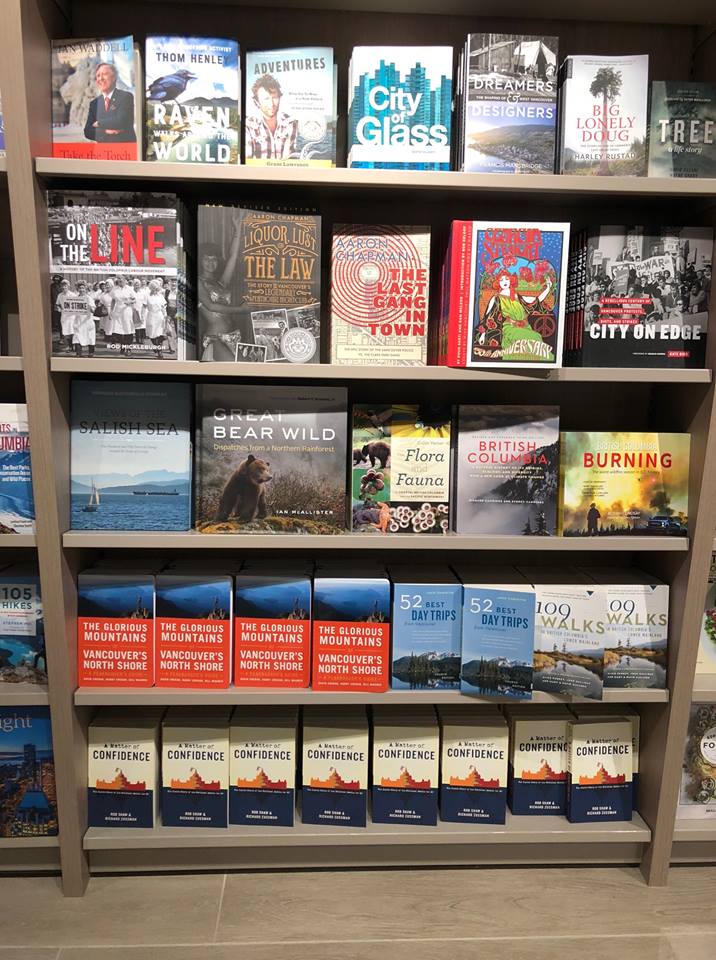

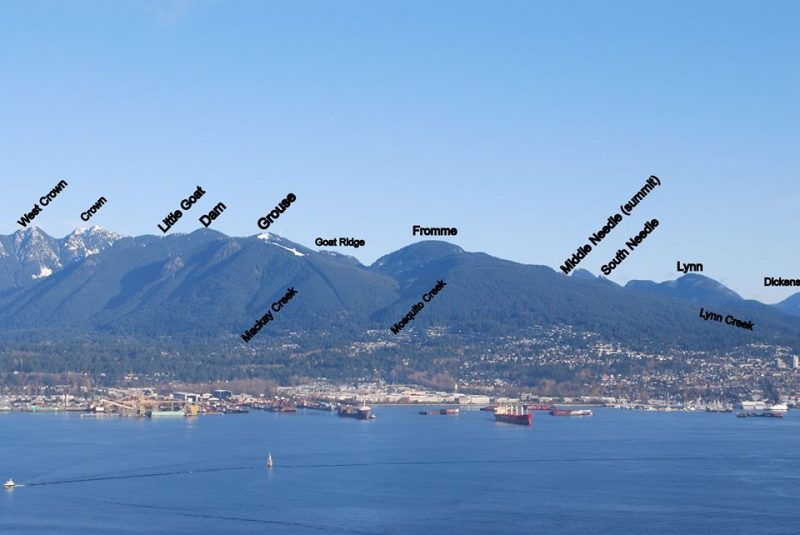

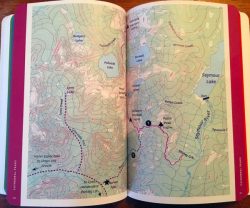

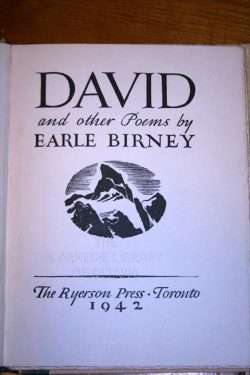

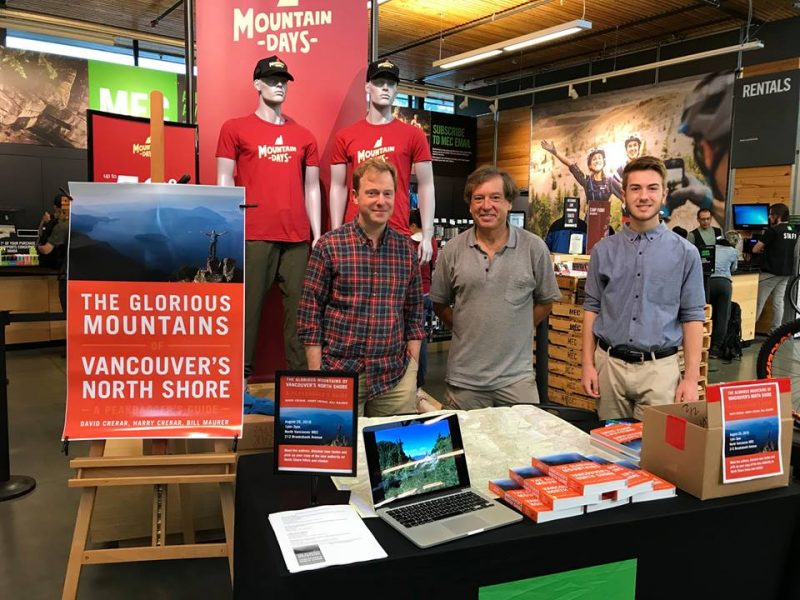
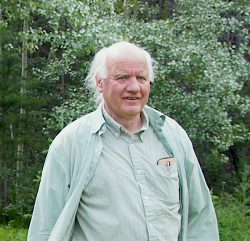


Leave a Reply